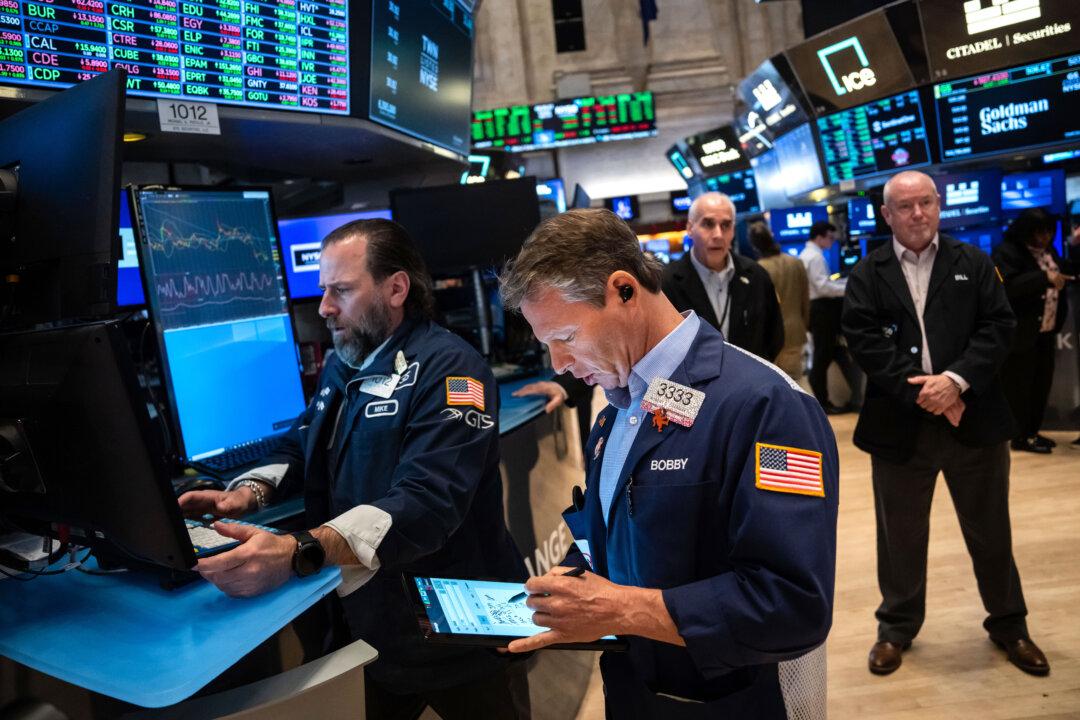Prices of imports into the United States declined in March, helped by lower energy costs, ahead of the new U.S. tariffs.
On a 12-month basis, import prices rose by 0.9 percent.
Import fuel prices fell by 2.3 percent, the largest month-over-month drop since the 7.2 percent drop in September. Falling prices for petroleum and natural gas largely drove this trend.
Non-fuel imports ticked up by 0.1 percent for the second straight month, offset by lower prices for automobiles and consumer goods. The increase was due to higher costs for capital goods, industrial supplies and materials, and foods, feeds, and beverages.
Export prices were unchanged in March following an upwardly revised 0.5 percent jump in the previous month.
Prices for U.S. exports were up by 2.4 percent year over year.
The index for agricultural export prices was flat, while the non-agricultural shipment index dipped by 0.1 percent. In addition, prices for exports of finished goods, such as capital goods, automotive vehicles, consumer goods, industrial machinery, and computers and chips, rose in March.
The price data are further evidence that inflation was slowing ahead of the president’s tariffs going into effect.
“Disinflation should be dominating the headlines right now, but no one is paying attention. The potential inflation shockwave is covering over all other data,” Jamie Cox, managing partner for Harris Financial Group, said in an email to The Epoch Times.
Trade Leniency
Recent actions by President Donald Trump indicate that his trade agenda could be flexible. Trump authorized a 90-day pause on higher reciprocal tariffs for nearly all U.S. trading partners. However, China will still face a 145 percent tariff rate on all goods entering the United States.Businesses and consumers may have breathed a sigh of relief after it was confirmed that a wide range of foreign-made electronic goods, including laptops, smartphones, semiconductors, and televisions, would be exempt from tariffs for now.
However, Commerce Secretary Howard Lutnick stated that tariff exemptions for electronics are temporary. These items will be subjected instead to upcoming semiconductor tariffs, he said.

“All those products are going to come under semiconductors, and they’re going to have a special focus type of tariff to make sure that those products get reshored,” Lutnick said in an interview with ABC’s “This Week.”
“So what Trump’s doing is he’s saying they’re exempt from the reciprocal tariffs, but they’re included in the semiconductor tariffs, which are coming in probably a month or two. So these are coming soon.”
The ‘Tarifflation’ Debate Persists
Because tariffs operate with a lag, potential effects could take some time to appear in the data. Still, many voices have expressed concern that these levies will lead to higher prices along with slower growth—commonly referred to as stagflation.Minutes from the Federal Reserve’s March policy meeting highlighted officials’ concerns that the economy faces upside risks to inflation and growth. This would leave policymakers in a precarious no-win situation as they navigate economic conditions and determine the next policy action.
The Fed left interest rates unchanged at a range of 4.25 percent to 4.5 percent in March. The futures market anticipates that the U.S. central bank will keep its rate-cutting cycle on pause at the May meeting. According to the CME FedWatch Tool, investors expect the next quarter-point reduction to the benchmark federal funds rate in June.
Federal Reserve Chair Jerome Powell, appearing at a conference of business journalists, said inflation will likely rise due to Trump’s comprehensive tariff plans.
“While tariffs are highly likely to generate at least a temporary rise in inflation, it is also possible that the effects could be more persistent,” Powell stated.
“While I expect the inflationary effects of higher tariffs to be temporary, their effects on output and employment could be longer-lasting and an important factor in determining the appropriate stance of monetary policy.”
Senior Trump administration officials have repeatedly pushed back against the notion that these tariffs will refuel inflation.
Treasury Secretary Scott Bessent told CBS’s “Face the Nation” last month that “China will pay for the tariffs because their business model is exporting their way out of this inflation.”
“They will eat any tariffs that go on,” he said.
Peter Schiff, chief economist and global strategist at Euro Pacific Asset Management, says there are two tariff outcomes
Consumers Worried About Inflation
Consumers’ inflation expectations have been heating up over the last few months, and market watchers are concerned that this could seep into the broader economy.“The bottom line is that consumer sentiment is very weak, and the fear is that this will spill over to weaker actual spending,” Torsten Slok, chief economist at Apollo Management, said in a note to The Epoch Times.
March retail sales data will be released on April 16, and the consensus estimate suggests a 1.3 percent increase.







